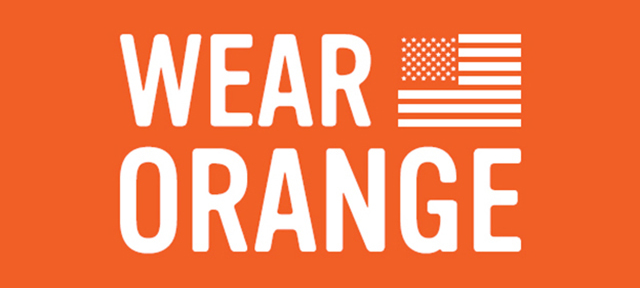This blog post is the first in the series, “CARED Perspectives,” developed by the APAGS Committee for the Advancement of Racial and Ethnic Diversity. This series will discuss current events and how these events relate to graduate students in psychology. If you are interested in contributing to the CARED Perspectives series, please contact Lincoln Hill.
Ensuring that All Children Have a Seat at the Table When Discussing Gun Reform
By Lincoln Hill
In response to the Marjory Stoneman Douglas school shooting on February 14th, 2018 where 17 people were killed and many more were injured, student survivors organized and are continuing to develop youth-led protests to advocate for comprehensive legislation towards gun reform. Despite the acuity of the recent traumatic events that impacted their whole community, these students participated in a nationally televised townhall with elected officials just one week after the shooting, publicly challenging these officials to pass gun reform legislation; organized a march with approximately 832 events worldwide to keep children safer in schools just five weeks later; and structured a national school walkout day inviting students across the world to participate.
Many, myself included, have been astonished by what these students have accomplished in such a short amount of time (and with minimal adult intervention) . As a graduate assistant with Loyola University Chicago’s Center for the Human Rights of Children, I view the student led protests as a prime example of tenets from the UN Convention on the Rights of the Child in action, particularly the child’s right to participate in decision making processes that directly affect them. Additionally, as a Black counseling psychologist-in-training with a focus on the mental health of racial/ethnic minority students, I am primarily struck by the public’s receptiveness to these youth-led protests compared to more critical media coverage of similar youth-led initiatives advocating for the safety of Black youth such as Black Lives Matter and The Dream Defenders. What do these response variations mean from a social justice perspective, particularly when efforts to advocate on behalf of Black youth who are disproportionately impacted by gun violence aren’t viewed as favorably by the public?
In the US, Black children and adolescents are excessively impacted by gun violence and are four times more likely to die by guns when compared to their White counterparts. Perhaps this stark reality contributes to the extremely high rate of suicide among Black children ages 5-11 years old — a rate that has nearly doubled in the past two decades, while that of White children has steadily decreased. For children and adolescents living in violent neighborhoods and communities, witnessing shootings can lead to a plethora of psychosocial hardships including posttraumatic stress that can impact them into adulthood.
As psychologists-in-training, we have a duty to respond and support all children impacted by gun violence including those commonly left out of discourses pertaining to gun reform. While we take steps as a field advocating for legislative changes protecting the rights of children, we must challenge ourselves to provide platforms that amplify all children’s voices.
We want to hear what you think! Please share your thoughts on this topic in the comments section below.


 The financial cost of gun violence in the United States was an estimated
The financial cost of gun violence in the United States was an estimated